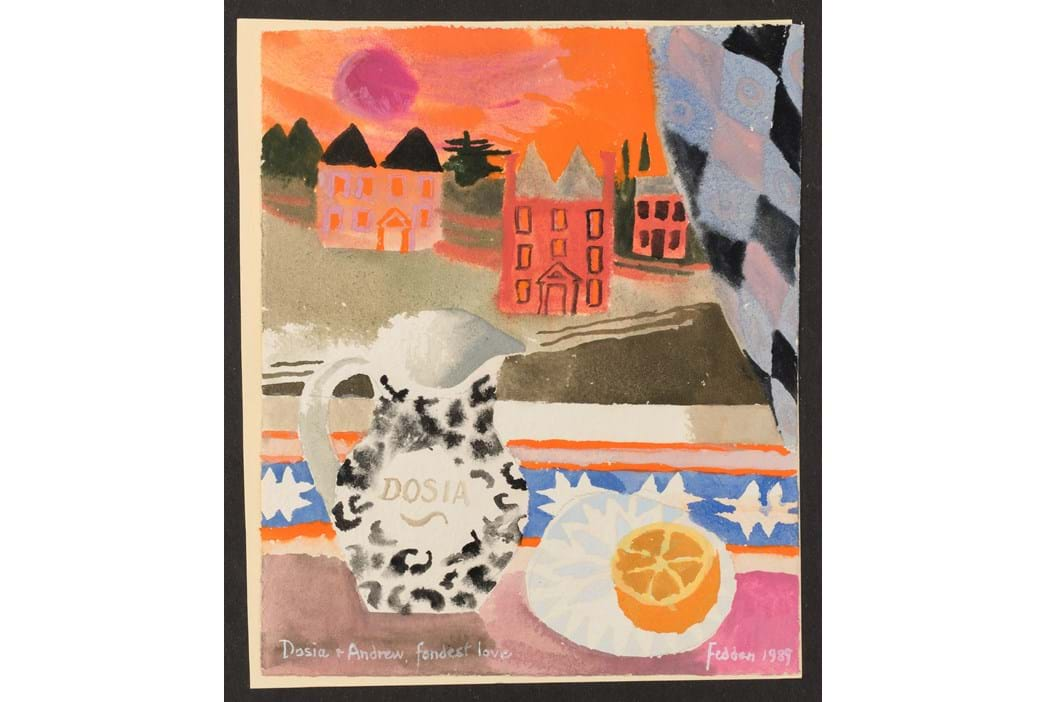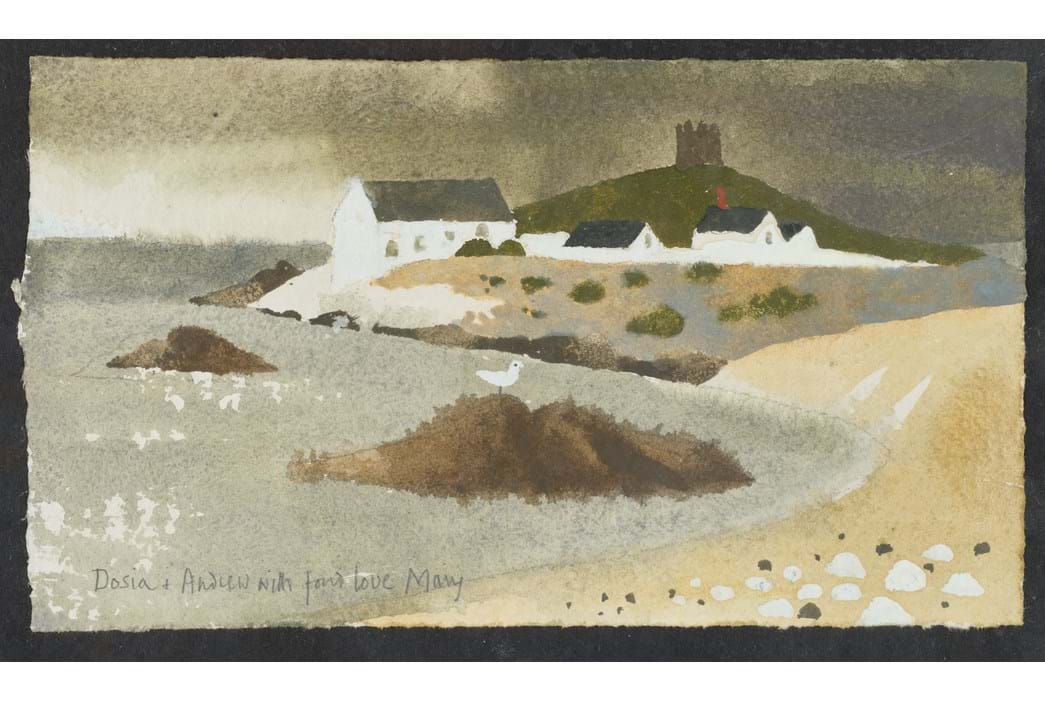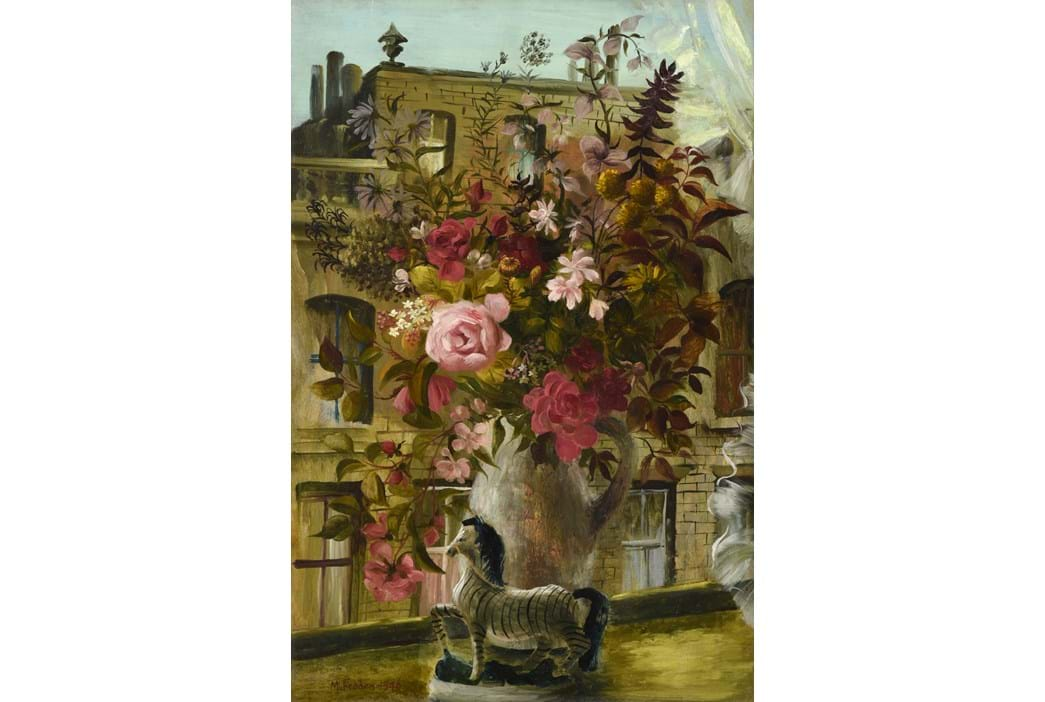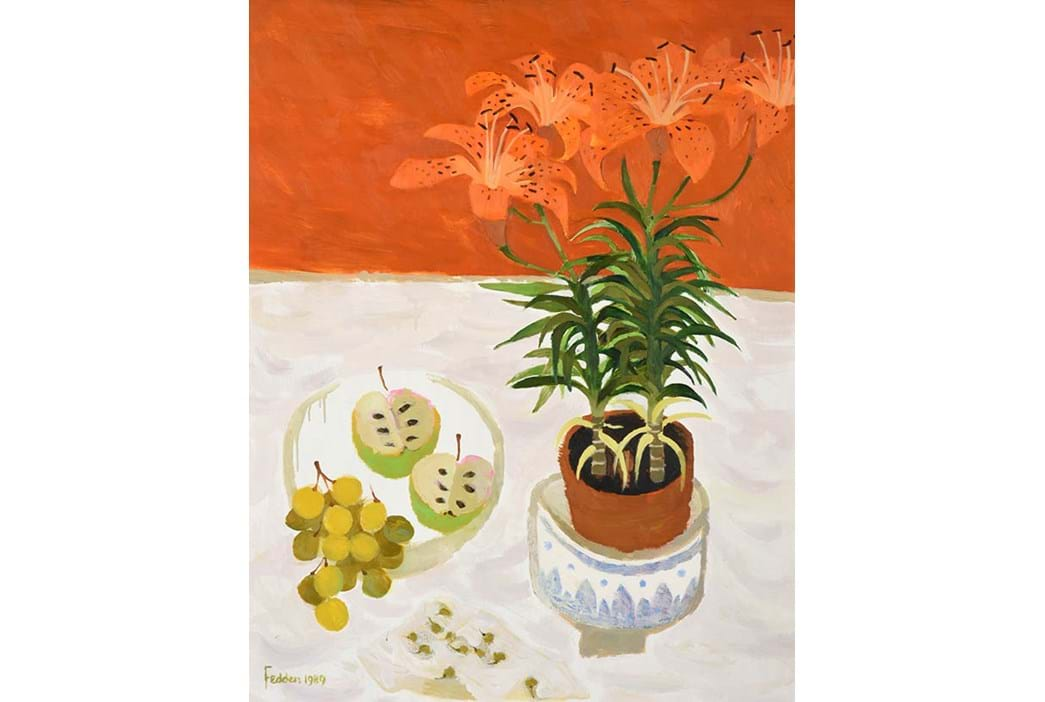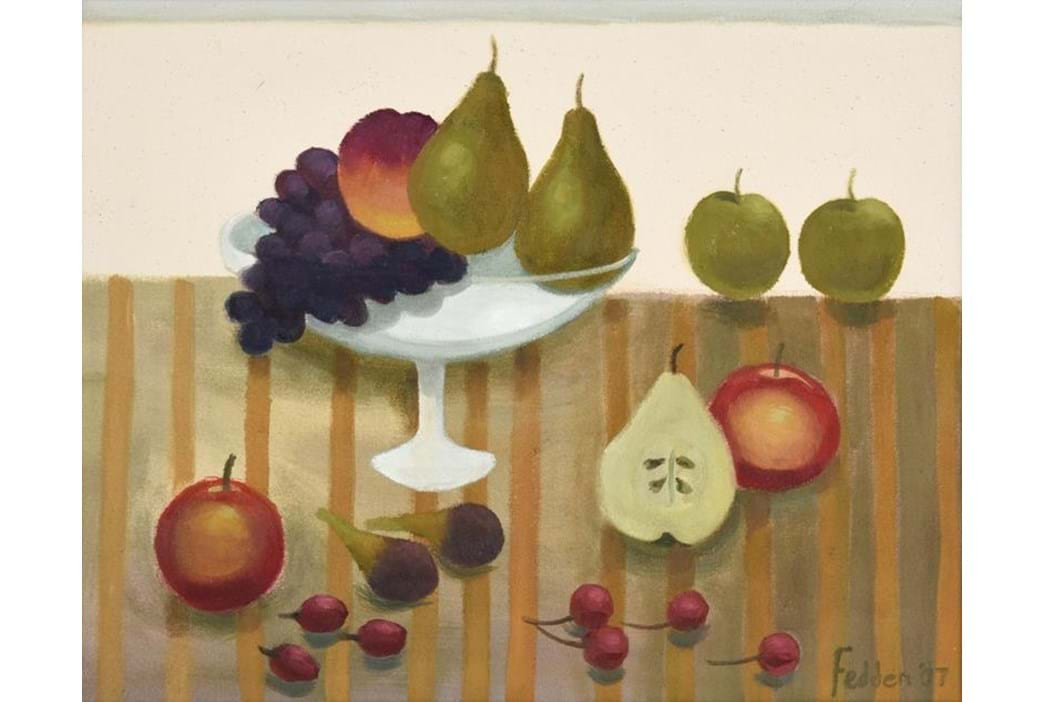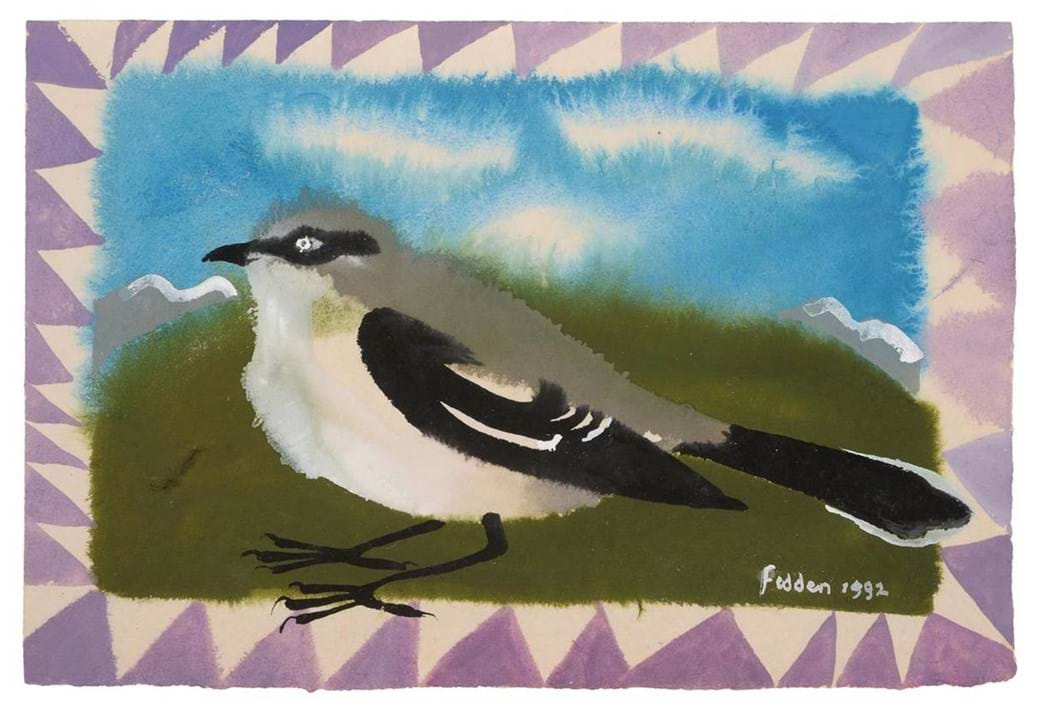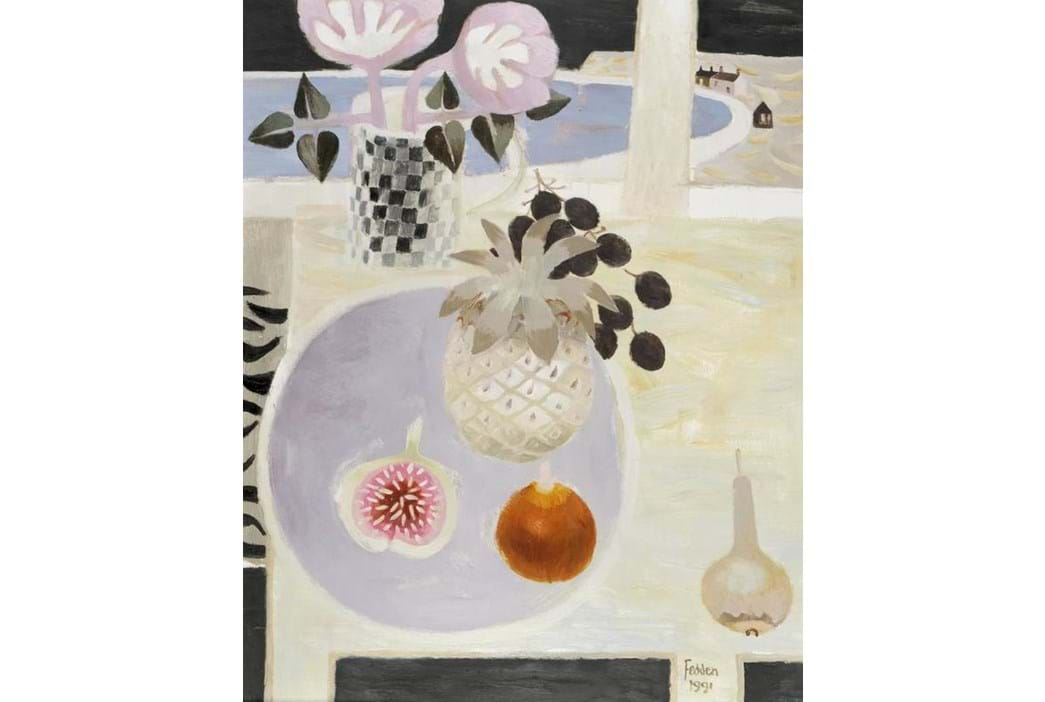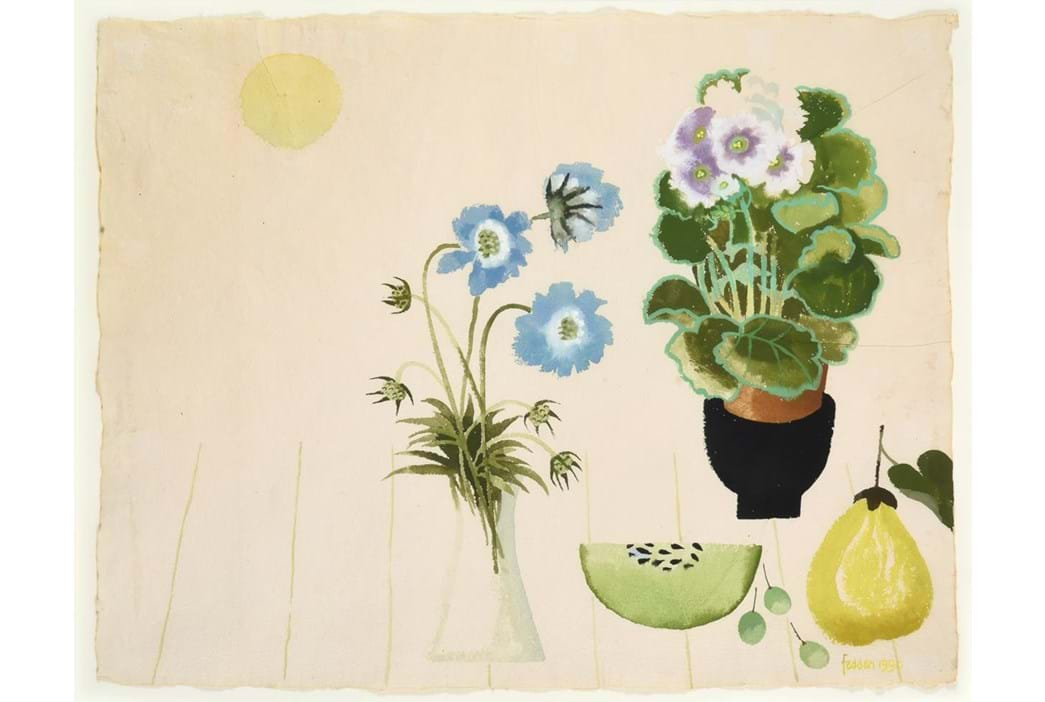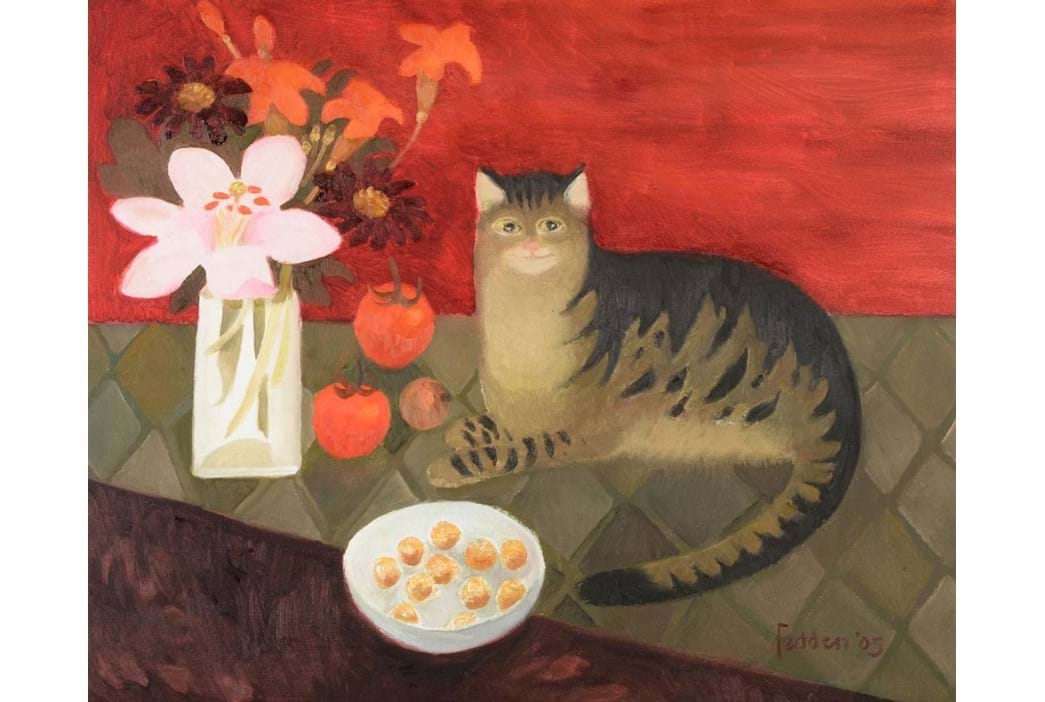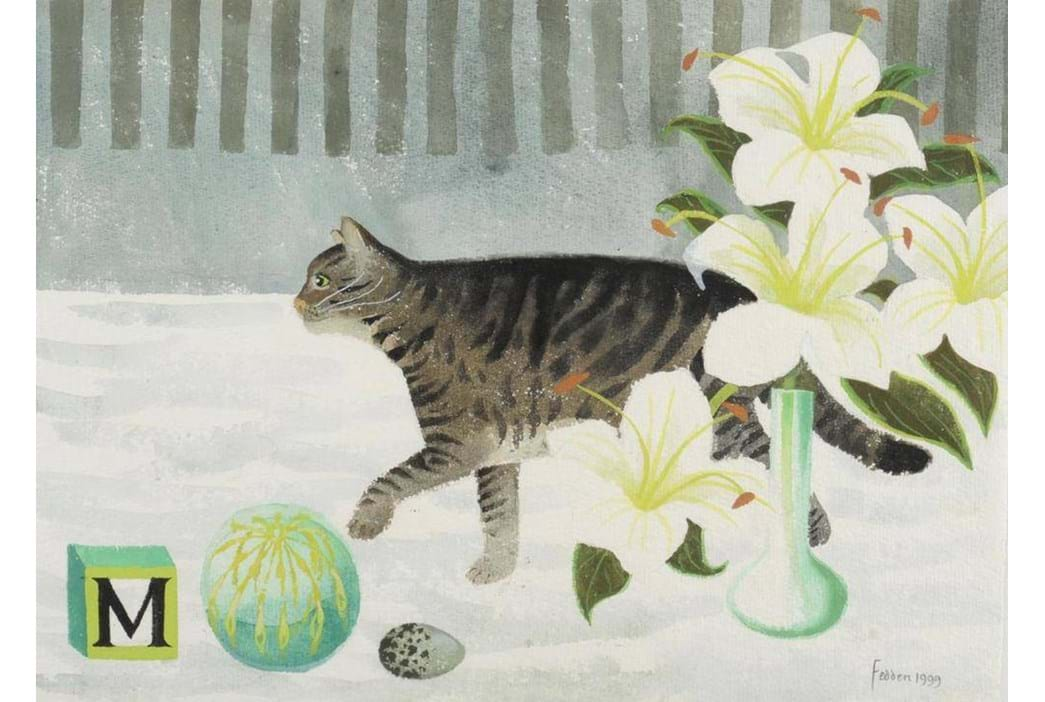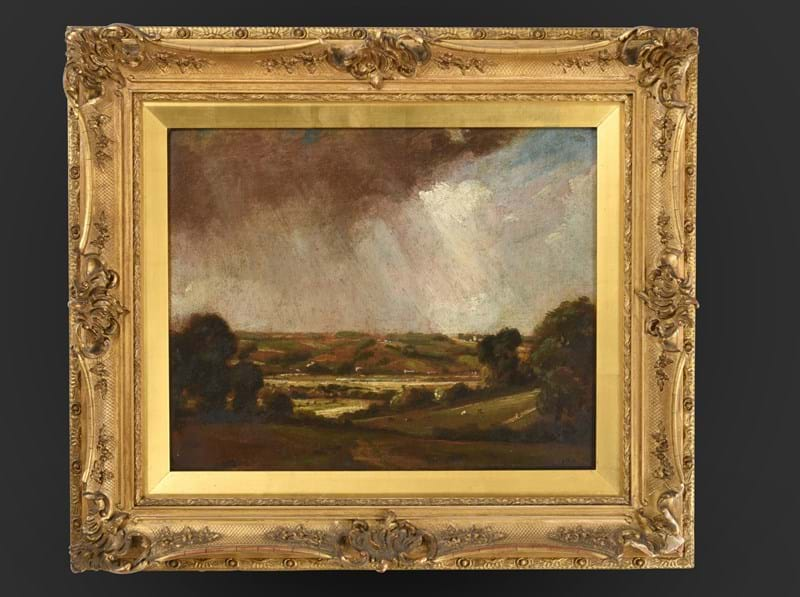Mary Fedden (1915-2012) was one of the country’s best loved artists, known for her charming still life and landscape paintings filled with quiet domesticity. Her chosen subject matter focused on objects of an everyday nature – such as cats, birds, flowers, fruit, feathers and small decorative wares – yet she managed to elevate each item into an object worthy of depiction.
News & Insights
Mary Fedden
Having grown up in Bristol, Fedden trained at the prestigious Slade School of Art in London, where she was taught by Vladimir Polunin, a stage designer for the legendary Ballets Russes. Indeed, after graduating she was commissioned to paint sets for theatrical productions in addition to work teaching and painting portraits. Following a move back to her native Bristol, the onset of the Second World War interrupted her career, and she joined the war effort as a Land Girl and driver for the NAAFI.
After the war she moved up to London, and went on to marry fellow artist Julian Trevelyan, who would have an enormous effect on her work. The pair travelled extensively in Russia, Africa, India and the United States, before settling into their home and studio on the banks of the Thames in West London, where they would live for the rest of their lives. In addition to creating her own work Fedden taught at the Royal College of Art from 1958 to 1964, where she was the first woman to teach in the painting school and would mentor the likes of David Hockney.
There is comparatively little of Fedden’s early work that comes up at auction, but it markedly different from her more stylised work for which she is best remembered. The early paintings reflect her more traditional education at the Slade, and whilst they focus on her favoured subject matter, they exhibit a greater degree of realism. One particularly fine example, “Redcliffe Road”, sold at Tennants in 2021 for £17,000 (plus buyer’s premium). Depicting one of her most loved devices of a still life in front of a window, the painting focusses on a vase of flowers and a pottery zebra, with a backdrop of the Chelsea street seen through a window in her flat. Painted in 1946, just after she moved back to London, it is much more naturalistic than her later work.
It wasn’t until the mid-1950s that Fedden’s mature style developed, a style in which she would continue to work up until her mid-nineties producing a prolific body of work. Her bold, expressive style used pared-down forms, a flattened depth of field, and solid planes of colour, exhibiting a marked influence of Matisse and Braque. Each painting is tied together with a harmony of contrasting colours, whether vivid or more muted. Whilst many of her most important paintings are held in public and private collections, Fedden worked in many different mediums, and a wide variety of her paintings come onto the market at auction, from small-scale watercolours to larger oil paintings.
This October, two of her smaller watercolours are coming up in the Modern & Contemporary Art Sale. 'Coastal Scene' is offered with an estimate of £1,000-1,500 plus buyer's premium, and 'Still Life of a Jug, Plate and Orange Before Houses' with an estimate of £1,200-1,800 plus buyer's premium.

Francesca Young
Modern and Contemporary Art Specialist
+ 44 (0) 1969 623780
francesca.young@tennants-ltd.co.uk
< Back to News
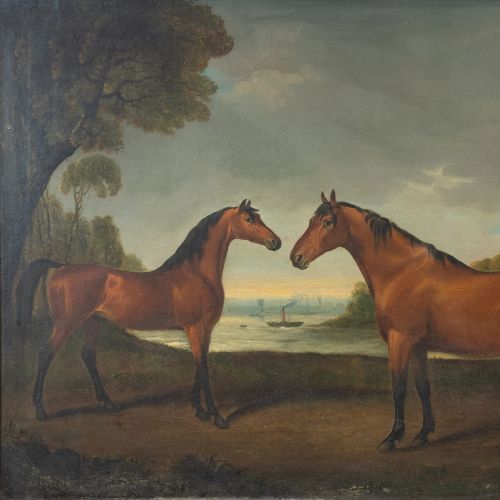
10th January 2026, 09:30
Plan your visit to our Leyburn Head Office and Salerooms, or the Harrogate Office
Get your antiques and collectables valued by our team of specialists.


